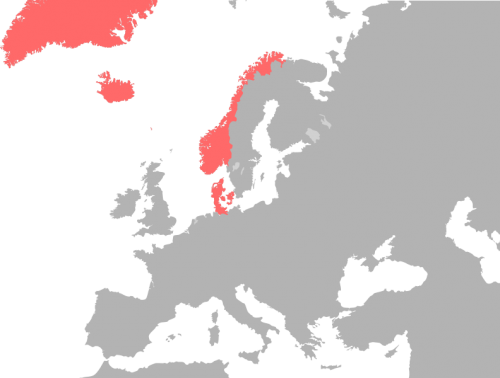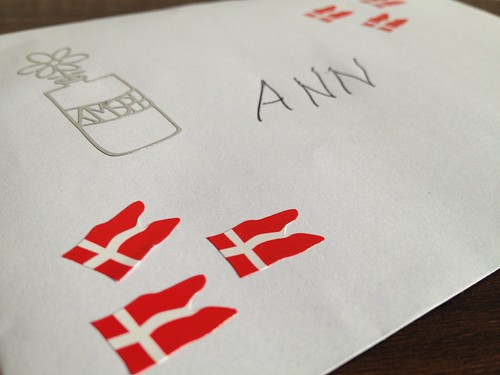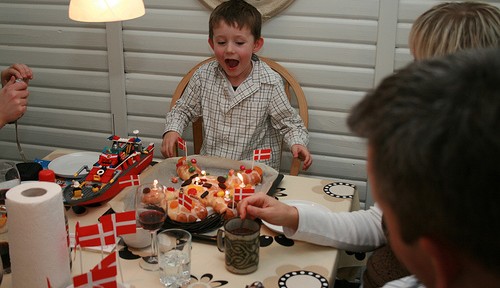“That is not the way we do it in Denmark.”
This is a comment you often hear when interacting with Danes. Danes have a word for this belief that the Danish way is the right way: Danskhed which translates to Danishness. However, I often wondered what IS Danish, and is there really only ONE Danishness, and if not, who’s Danishness is the real one? And I’m not alone to be asking this question!
http://www.youtube.com/watch?v=6_Ylr-EYen4
I have, therefore, been interested in what has caused this interest in Danishness by the Danes in a very different way to the way other nationalities look at their national identity. Taking the example of Malta: people there have a strong identity, but it is not discussed on a national level in much the same way. We don’t even have a corresponding word! Furthermore I still struggled to identify if Danes actually understood what ‘Danishness’ meant and if everyone understood the same thing.
One of the sources I have found that makes a very good attempt at discussing how Danishness arose is ‘Being Danish’ by Richard Jenkins. He writes that the current belief in the existence of something that can be called ‘Danishness’ is part of Grundtvig’s legacy from the 1800s and his key values amongst which there is patriotism. Since many people, especially in education, childcare and voluntary association systems still hold these principles in high regard Jenkins suggests that it is them who are “at the heart of the national master narrative that insists that all Danes are basically the same”. However, when digging deeper he realises that while people talk about Danishness with a confidence that everyone would understand what they are referring to it is “equally clear that they did not always agree about what it was that they had in common”.
Putting this in context, it is worthwhile noting that there was something else going on in Denmark in the 1800s, besides the emergence of Grundtvig and his widely accepted principles: Denmark was a much bigger empire (see map below). In 1780 the Danish empired covered all that is today Denmark, plus Norway, a number of overseas territories and what is now Schleswig and Holstein in Germany. In 1814 Denmark lost Norway in the Treaty of Kiel. In 1864, a significant part of Denmark was lost to Prussia. Towards the later 1800s and early 1900s Denmark lost much of its overseas possession.
This vast reduction in size of the Danish empire was maybe what caused this notion of Denmark consisting of one homogenous people that needs to defended and maintained. This undoubtedly was the perfect environment for Grundtvig’s principles to emerge and flourish until this very day.
So what IS Danishness? The closest I got to a definition was in the Being Danish book by Jenkins. On analysing readers’ letters to the Skive newspaper about the Maastricht Treaty he identified that when Danes talk about Danishness (IF they do, since most take it for granted), it appears to indicate:
co-operative and egalitarian similarity within Denmark (and indeed, Scandinavia), and independent difference from the rest of the world, especially Germany.
I have come to the end of my search, however, without understanding WHY Danes often come across as believing that the Danish way is the best way or simply the only way. However, I have a much better understanding of why this strong belief in Danishness has arisen.
And what about my view of what identifies ‘Danishness’ in a person? Someone who has very set ideas of the relationship between lamps and bulbs, uses candles as a feasible source of lighting, while intimately knowing the rules relating to open sandwiches. Now those three things I think I can never achieve. And lets not forget the flags!






